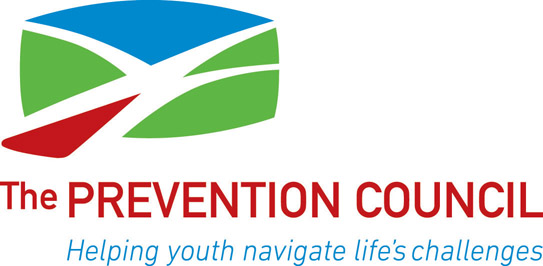By DREW KERR–dkerr@poststar.com
Posted: Thursday, March 17, 2011 3:57 pm
SARATOGA SPRINGS — The fervor surrounding March Madness may seem innocent enough, but some prevention experts say the excitement could be enticing young people to gamble.
To help limit students’ exposure to gambling, officials with the Saratoga County Prevention Council recently sent information to several area schools urging teachers to limit discussions about the college basketball tournament, which began on Thursday.
The goal of the first-time effort, organizers said, is to let teachers know that talking about the games during school can reinforce the idea that filling out a bracket is a common and accepted rite.
Students can fall into gambling when such behavior is “promoted as fun, school appropriate and without consequence,” the Prevention Council states in literature distributed recently to teachers in Saratoga Springs, South Glens Falls, Corinth and elsewhere.
“Kids hear about it and say, ‘That’s fun, and I want to be part of it,’ without realizing the dangers,” said Evan Williamson, a problem gambling prevention specialist with the Saratoga Springs-based Prevention Council.
Williamson said he got the idea to distribute the information from his experience as a teacher at Maple Avenue Middle School and in Buffalo.
He said, teachers frequently spoke about the tournament – incorporating it into lesson plans about odds or even putting the games on during class – which sometimes triggered students to create pools where each put in $5 or $10.
While seemingly innocuous, such meager bets can trigger more risky and costly betting and can spiral out of control, Williamson said.
“It’s sort of like the bad decision curve where someone starts by saying ‘I won’t gamble; it’s a waste of money,’ then inevitably says, ‘Oh just this once,’ and before you know it, it gets out of hand,” he said. “With adolescents, the danger is there because they can so easily get so wrapped up in the moment.”
Gambling is illegal for anyone younger than 18, but statistics show it is still a common practice.
The Prevention Council’s most recent survey of Saratoga County students, done in 2008, found that 65 percent of ninth- and 10th-grade students, and 57 percent of 11th- and 12th-grade students reported gambling within the last year.
The statewide averages were 47 percent and 51 percent, respectively.
Brett Miller, the principal at Saratoga Springs High School, said such statistics show there is a need to be aware that students are gambling, and to be cautious about how teachers treat the tournament during school hours.
“It is occurring, and there are consequences, so we have to do what we can to create a bit of awareness,” he said. “We have to be aware that this is a gateway and that we do have to be careful.”
Prevention experts say their biggest challenge is overcoming how common betting has become, especially when it comes to the NCAA tournament.
Next to the Super Bowl, the three-week basketball contest is considered the year’s biggest gambling event.
“The challenges that we have with March Madness is that we’ve normalized it to such a great degree,” said Jim Maney, the executive director at the New York Council on Problem Gambling.
“People think that, since everybody else is doing it, that it must be OK, and I don’t think that’s a good message,” he said. “For some people, they are going to have some real problems.”
The Prevention Council’s efforts aren’t just focused on young people.
The group also recently distributed more than 1,000 coasters with information about the state’s gambling helpline to a handful of sports bars around Saratoga Springs.
The coasters include information about symptoms of problem gambling, such as lying about how much is being wagered.
“The idea is that somebody who’s gambling might see that coaster, or certainly if they know somebody else, they’ll take a moment and think about whether or not there is an issue,” Williamson said.
